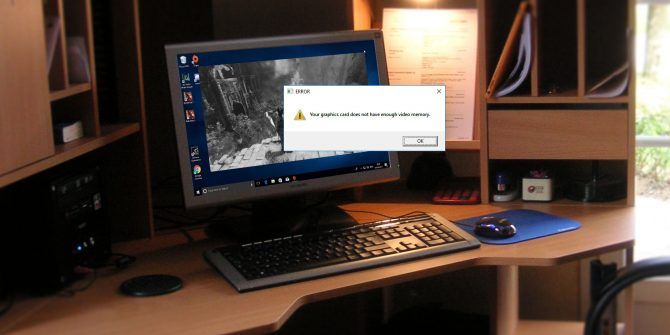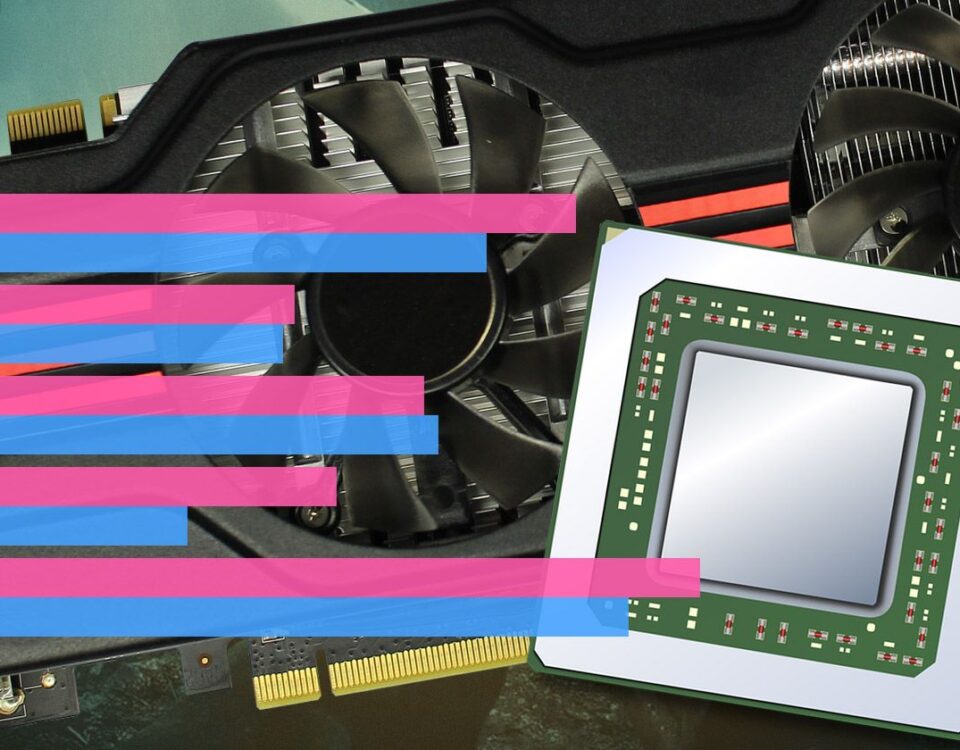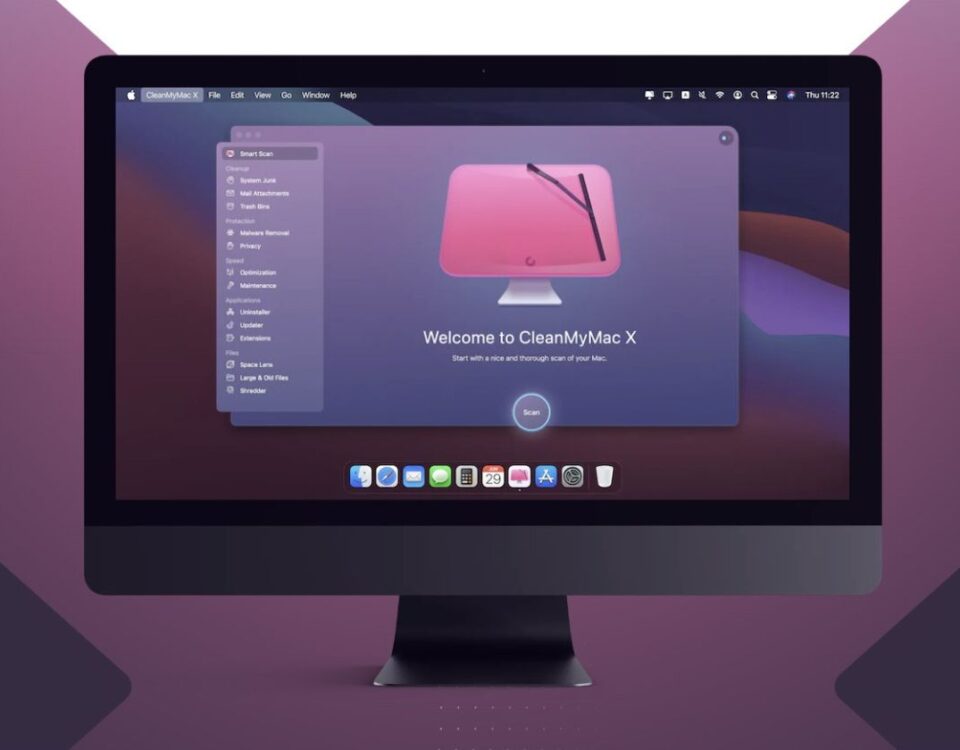Watching each iteration of devices like the iPhone or MacBook Pro is fascinating. How different features form, how their prices are calculated, and how companies like Apple take feedback from their clients is a complex and ever-changing process.
The term “Product Life Cycle” can be used as a framework to help users understand not only how these iterations form, but why. This model takes market forces, user interest, and technological advancement into account, logically balancing them all.
Mac computers are especially influenced by this life cycle. Hence, they are an interesting case study. Let’s look at the Product Life Cycle as it pertains to Apple’s MacBook range to learn more.
What Is the Product Life Cycle?
The Product Life Cycle is effectively the amount of time between a product being introduced to the market—even as a preview or teaser—and that same product being discontinued. There are four key stages: introduction, growth, maturity, and decline. There’s no set time for products to enter, stay in, or leave each of these stages.
Introduction is typically focused on consumer awareness through advertising and marketing, making them aware of the new product and its advantages. Growth follows if the product is a success, with this stage characterized by demand and increased production.
Maturity, as the most sales-heavy stage, is where the cost of production and marketing fall, meaning that more units can come out. Finally, decline occurs when competitors step into the market, technological advancements make a product obsolete, or consumers lose interest.
One of the most important factors to consider is that newer, more sales-worthy, or more advanced products will push older ones out of the maturity stage and into decline quickly. Apple’s machine-like efficiency means that this cycle repeats rapidly, especially with devices like the MacBook Pro that are core offerings.
What Does the Product Life Cycle Mean for Mac Devices?
Mac products have an average life cycle of around 3.5 years, with new models being released every 1.5 years or so, according to model release dates. As mentioned above, this is due to Apple’s awareness of what the market and its futures will look like, and is contingent on sales and individual device uptake.
As you may have noticed, few distinct Mac models have come onto the market since the line’s launch in 2006. While Macs have a relatively short average life cycle time, there are several influencing factors that can explain why the reality of these devices is quite different. This average life cycle probably takes into account models like the original MacBook that are now completely discontinued. It also likely factors in desktop devices like the iMac, which we’ve avoided here to keep the scope reasonable.
One reason that only a few new Mac models have come onto the market is so these products don’t have to compete with each other internally. You can take the 12 primary generations of iPhone (as well as the Mini, Pro, Pro Max, XS, XR, X, Plus, and regular offshoots) as a great example of intermingling and competition between models.
Another reason is that, especially for the MacBook Pro, sales volumes have stayed consistent. This means that the device has had an extended maturity phase. That’s bolstered by the fact that the Pro model has been accepted so well that it is now seen as a “go-to” laptop.
Along the same lines, this also means that advertising costs are minimal. Apple has also been smart to redesign models like the MacBook Pro, without having to reset and send out a completely new generation of devices.
Basically, market forces and user demand both affect Apple’s products heavily. While it isn’t explicitly discussed, the Product Life Cycle shows us how these changes can influence progression. The graph above displays this nicely.
What Will Happen With MacBooks in the Future?
Effectively, the Product Life Cycle underlines Apple’s need to be a constant innovator and provider of products at an exceptional standard. Its MacBook range has, in a lot of ways, already proven itself. Thus, the company’s hasn’t really had to iterate rapidly, fend off competition, or change strategy.
Compared to devices like the iPhone, which will change rapidly by nature of the tech inside and its role as a small computer, Macs have firmly grounded themselves as robust, innovative, and functional devices. This not a reason to say that Apple has stopped thinking about how to optimize its devices, nor a perfect prediction of future consumer needs and wants.
Speaking retrospectively, the safest conclusion to come to is that the Mac laptop range is not as much at the whim of the Product Life Cycle, compared to something like the iPhone. It’s subject to the ebbs and flows of the market, technological developments, and the will of its consumers, but far less than other pieces of tech available.
Apple’s MacBook devices are an interesting case study to use with this framework in mind. Their pattern of development is still influenced or even explained by the Product Life Cycle, but nowhere near as strenuously as other products. It can help us to gain somewhat more of an insight into how products like these grow or decline, but cannot be used as a one-size-fits-all explanation as to why.
For more, you should understand planned obsolescence and how this can influence product release decisions.
The Product Life Cycle Shows Why MacBooks Iterate
While the various elements of the cycle help give us more of a complete picture, the truth is that the forces driving technological advancement are often hidden, unexpected, or come about rapidly. Sometimes, we cannot keep track of all the ups and down.
This is why many people see Apple, and Mac products, as innovative. Unlike the average person, they better keep track of the state of the tech world.
Read Next
About The Author









